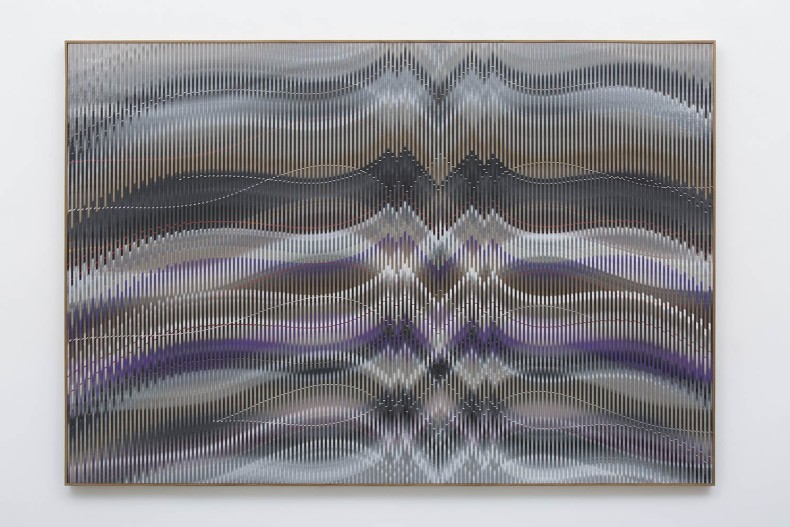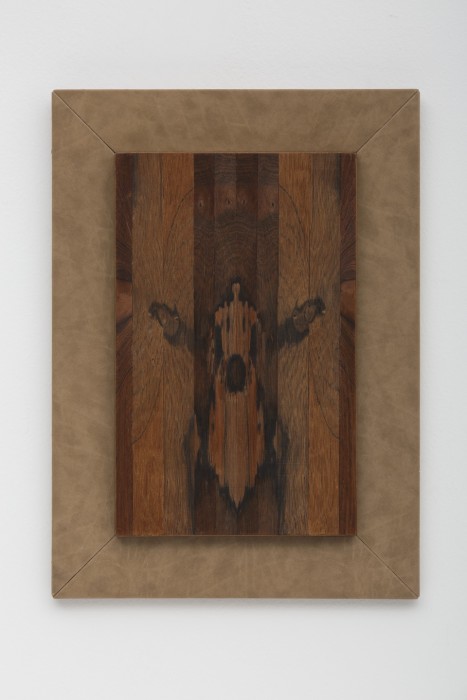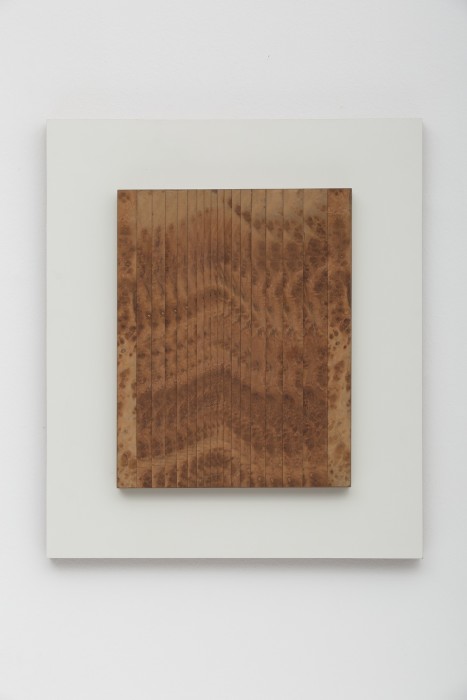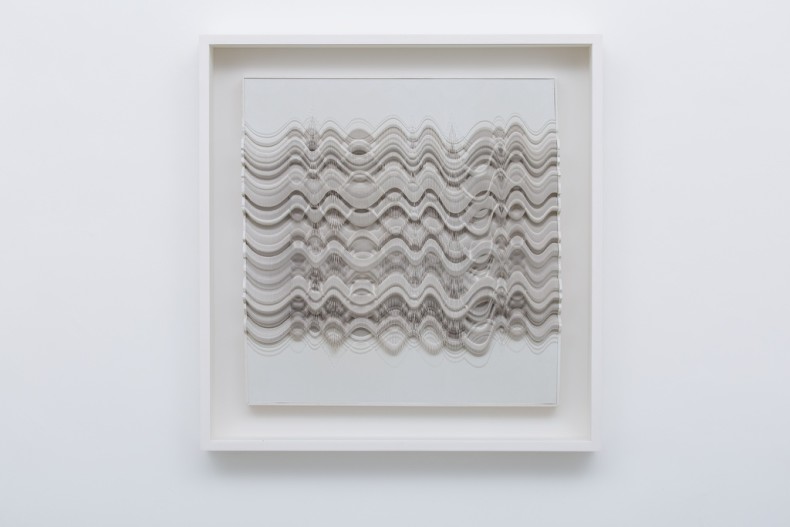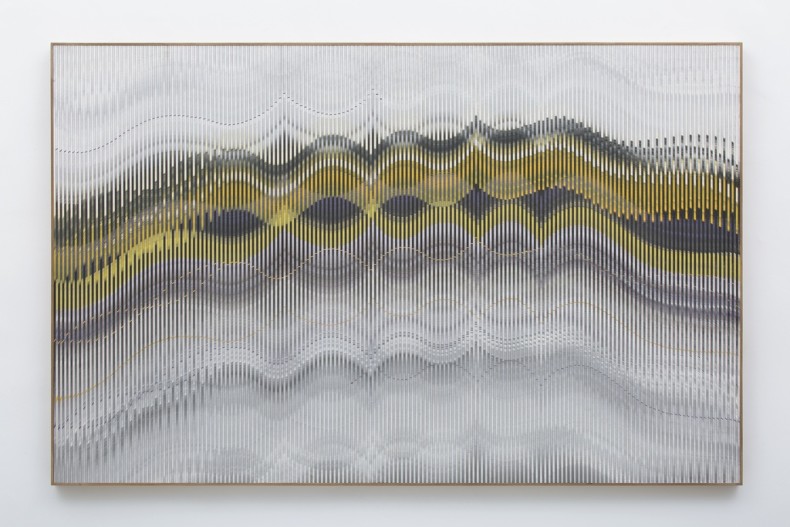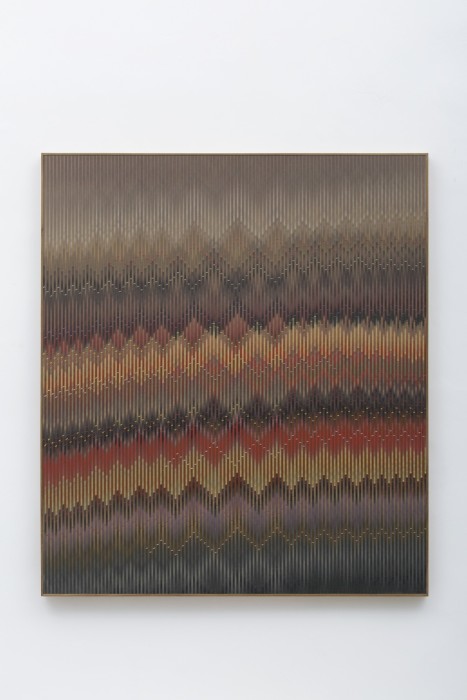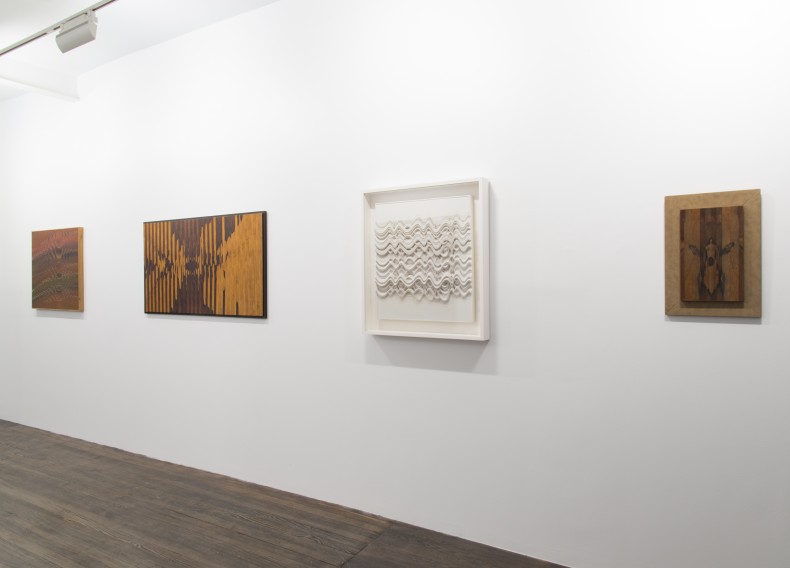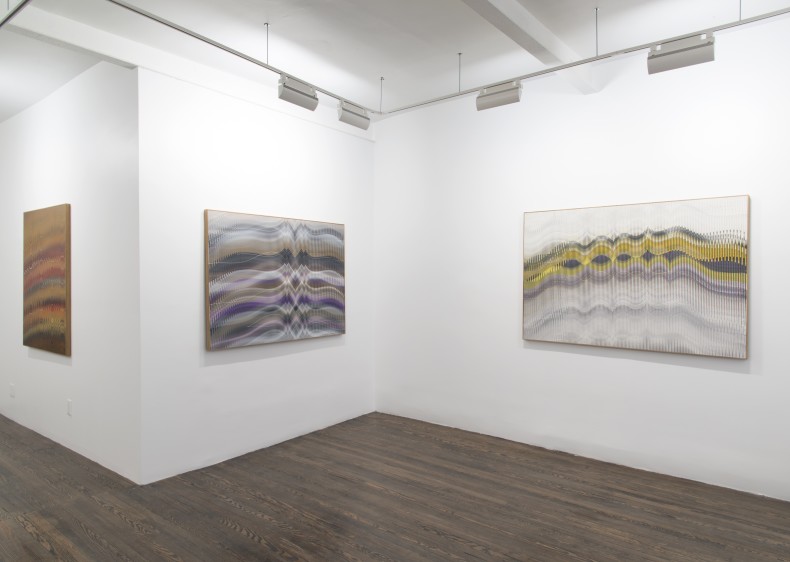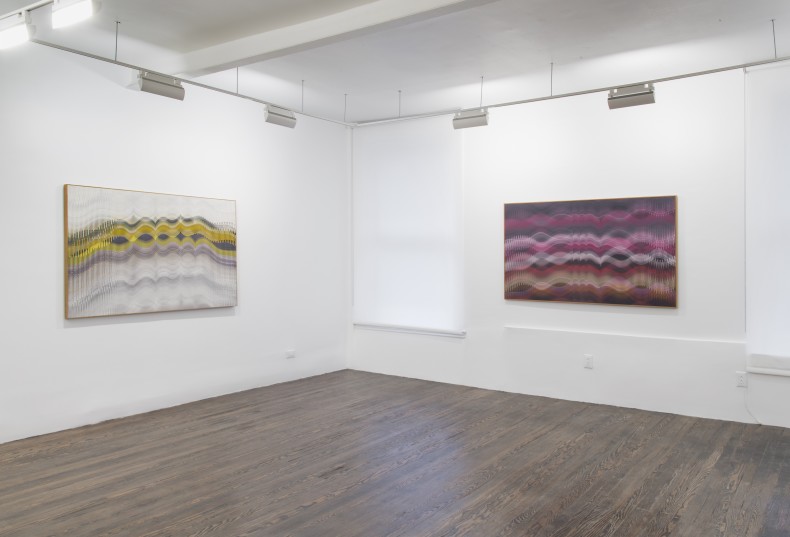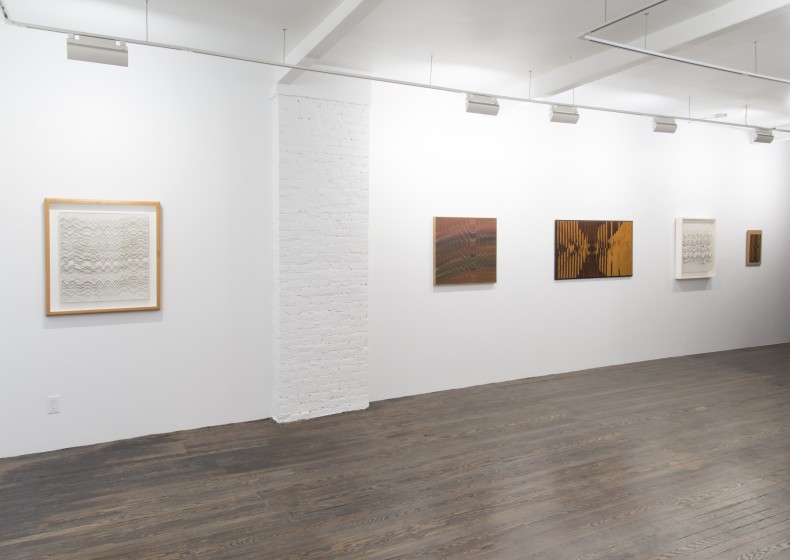Galeria Nara Roesler announces its participation in Frieze New York’s Spotlight section with a presentation of rarely seen historical works by kinetic artist Abraham Palatnik, curated by Clara M Kim. Parallel to Frieze, the gallery showcases, in it’s newly inaugurated New York space, a panoramic solo exhibition of the artist’s works spanning from the 1970’s to present date.
A pioneer of Kinetic Art, alongside Jesús Rafael Soto, Julio Le Parc, and Carlos Cruz Diez, Abraham Palatnik’s inventiveness remains unique to his creative style. Through sculptural practices in light and space, kinetic apparatuses with fabrics, motors and lights, reliefs, and even furniture design, the artist is deserving of the title Inventor of Kinetic Art, as described by Frank Popper.
For Frieze Spotlight, Galeria Nara Roesler presents an intimately selected booth curated by Clara M Kim; which highlights different facets of the artist’s production, focusing on works dating from 1955 - 1971 as well as archival material in the form of personal sketchbooks, diaries, and historical photographs. A focal work is Untitled (1955). Thought to be one of its kind, the piece projects a series of abstract images using multi-colored bulbs and opaque panels to paint “with light” color driven abstractions. It consists of a purely chromatic version of the fully motorized Kinechromatic Devices of the 1960s, also present in the booth.
The Frieze Spotlight presentation provides grounds for the artist’s simultaneous individual exhibition at Galeria Nara Roesler’s New York space. Showcasing Palatnik’s works belonging to his series Progressive Reliefs, the exhibition includes productions in Jacarandá wood, duplex paperboard, and acrylic on wood.
This is the artist’s first individual show since his 1965 solo presentation at Howard Wise Gallery: Cinecromaticos by Abraham Palatnik of Brazil (New York, October, 1965). One of Brazil’s most prolific and recognized Kinetic Artists, at 88 Palatnik continues to develop new techniques, inspiring new generations of artists worldwide. With the two parallel shows, the public has the opportunity to explore the progression of the artist’s practice, combining the technology of the past with the illusiveness of the present.
